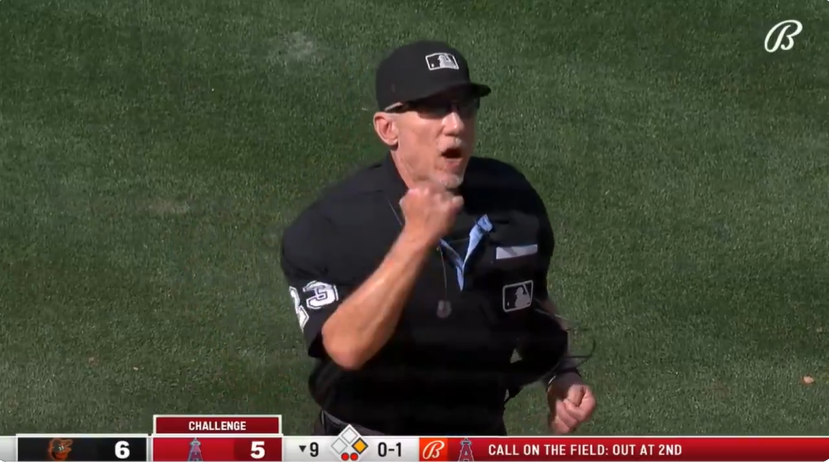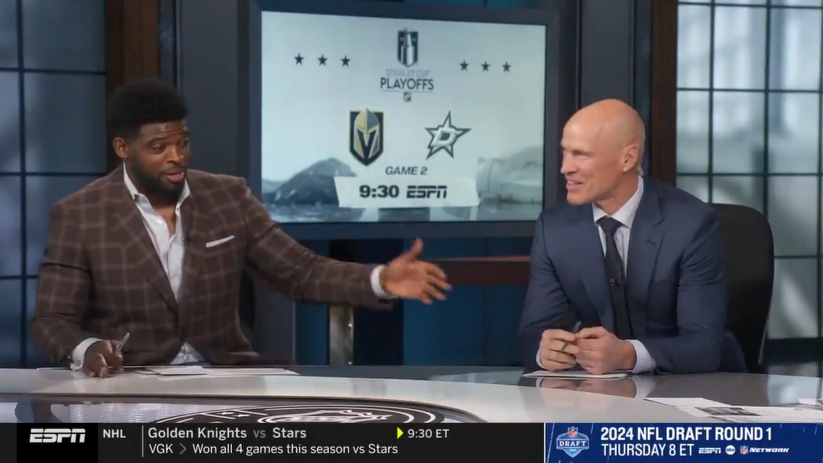
Ed Note: The following appears courtesy What You Pay for Sports
While ESPN is gearing up for some friendly competition from Fox Sports 1 this weekend, its bigger concern might be the slow leak in its subscriber base.
According to data published yesterday by IHS, roughly 352,000 homes canceled their pay TV subscriptions in the second quarter of 2013. Cable companies lost 588,000 TV customers, while DirecTV and Dish Network lost a combined 162,000 customers. Only IPTV services posted gains last quarter, as AT&T and Verizon added 398,000 TV customers. Combined with Leichtman Research Group’s numbers from April 2012 to March 2013, the pay TV market has shed more than 432,000 customers in the last 15 months.
The overall numbers for ESPN, however, are even worse than that. According to Sports Business Daily, ESPN’s flagship channel lost 918,000 subscribers between July 2012 and July 2013, while ESPN2 lost 871,100 homes. SBD estimates that ESPN is now in 97,985,000 homes and ESPN2 in 97,935,000 homes, their lowest levels since October of 2008.
Based on the estimated subscriber fees for the two channels — $5.40/month for ESPN, and $0.68/month for ESPN2 — that’s roughly $5.5 million per month that ESPN will miss out on as a result of the defections. At the present rates, ESPN still stands to rake in roughly $595.7 million per month in subscriber fees for the two channels, barring any further defections.
The only bright side for ESPN is that ESPNU gained more than 1.1 million homes in that time span. At only $0.18/month, however, that gain doesn’t come close to making up for the losses from the other two channels.
Other networks aren’t doing much better. TBS and TNT each lost more than 540,000 subscribers. NBC Sports Network lost 289,000 subscribers in that 12-month period, while the NBCUniversal-owned Golf Channel lost nearly 1.9 million subscribers. The biggest gainer? NFL Network, which gained more than 11 million subscribers after finally coming to terms with Time Warner Cable. MLB Network and NBA TV also posted gains.
The trends for all those channels, though, might be downward. While some might chalk up the shrinking pay TV base to the struggling economy, others will suggest that cord cutting is very much on the rise, and the growing realization of how expensive ESPN is just might be playing a role in that. There’s more talk than ever about the rising costs of sports cable networks, and non-sports fans might be discovering that they don’t want to subsidize those channels anymore. The fact that streaming services like Netflix, Hulu Plus, and Amazon Prime are more robust than ever will only accelerate some people’s decision to dump pay TV.
ESPN could withstand a short-term increase in cord cutting, as this article demonstrates, but no decrease in subscribers could be considered good news in Bristol. The Worldwide Leader — and its new competitor, for that matter — might do well to start exploring its options beyond the cable bundle now, before the rate of cord cutting grows even more.
Dave Warner writes about sports and the cable industry at What You Pay For Sports. Follow Dave on Twitter at@whatupay4sports.







Comments are closed.